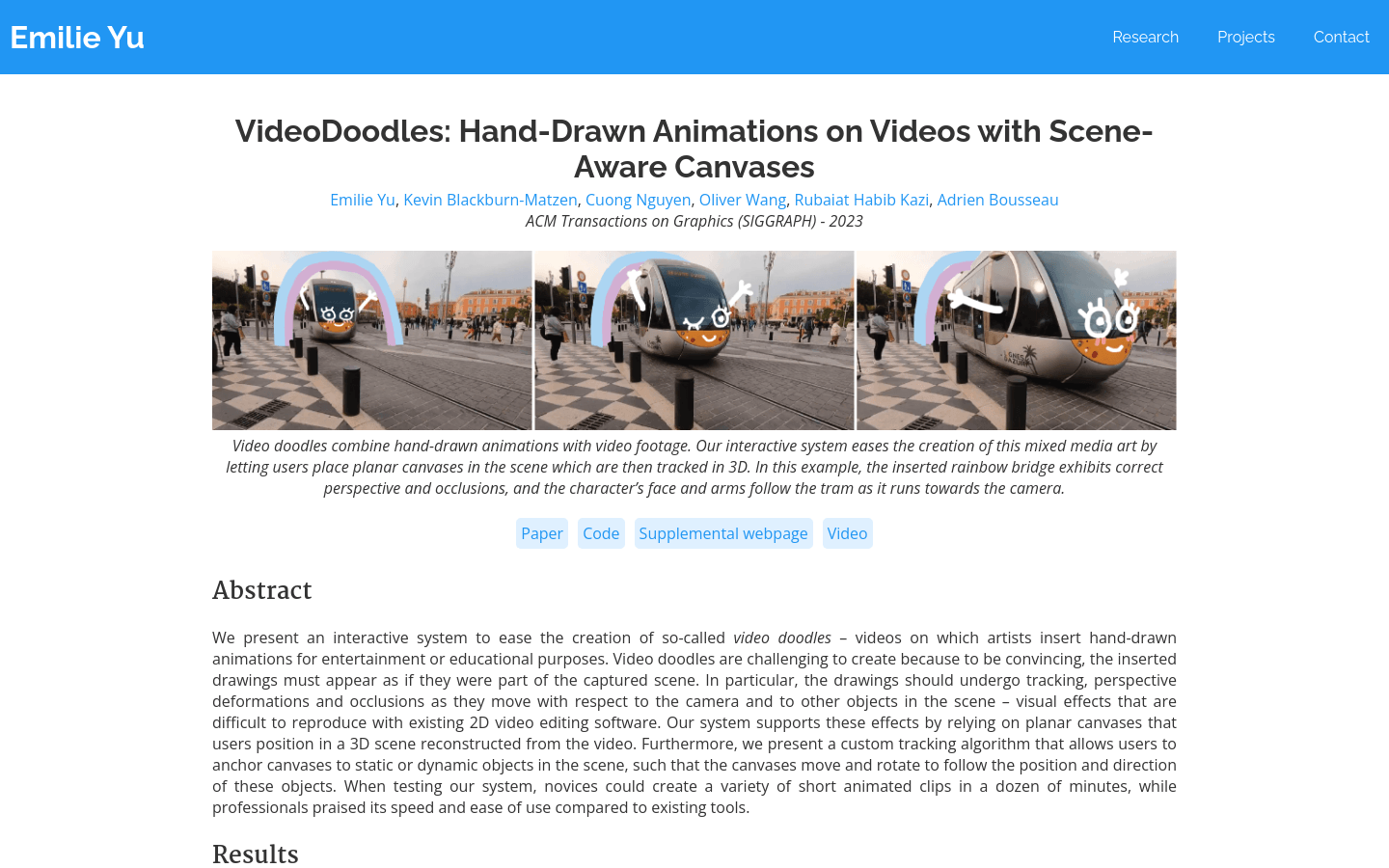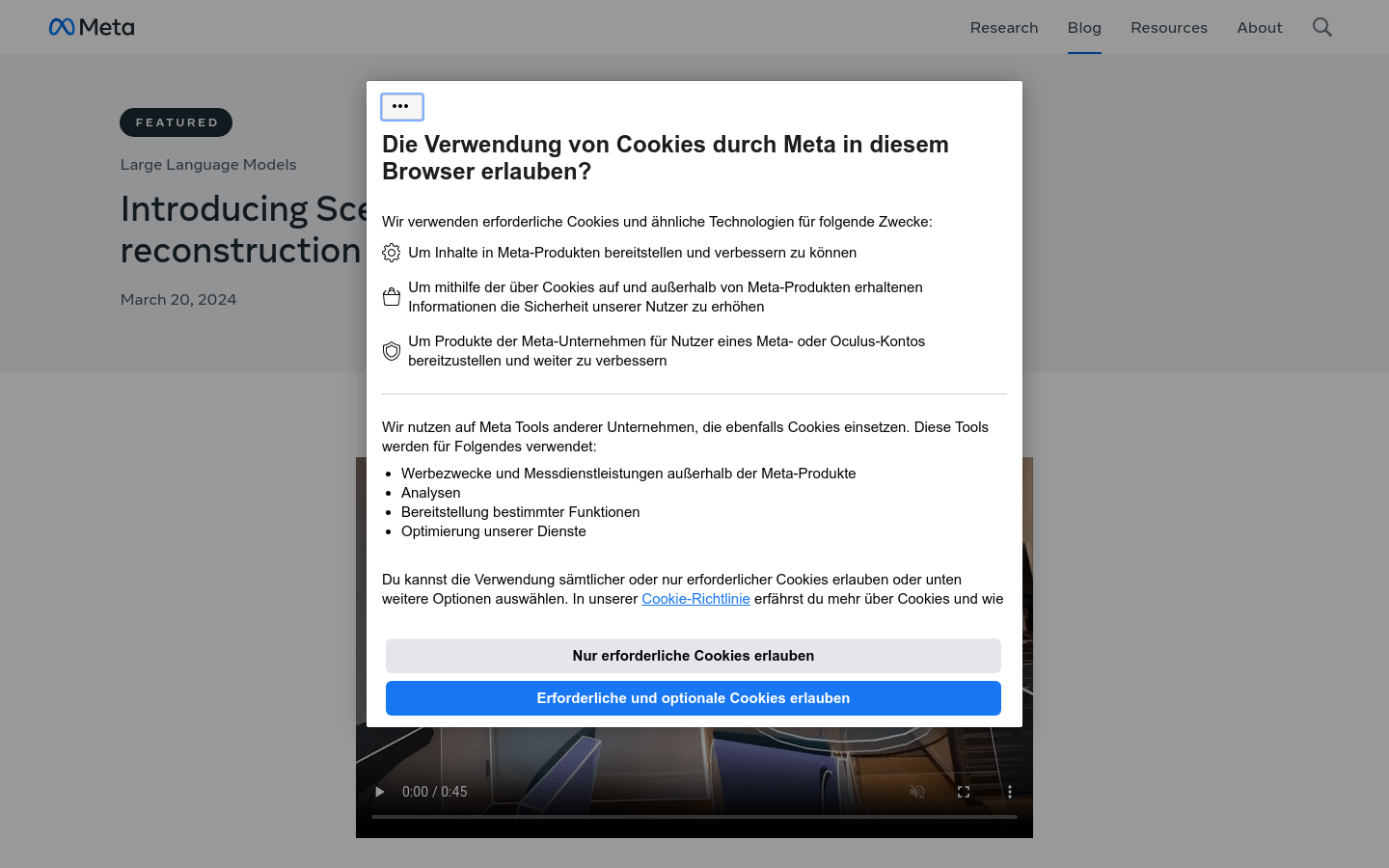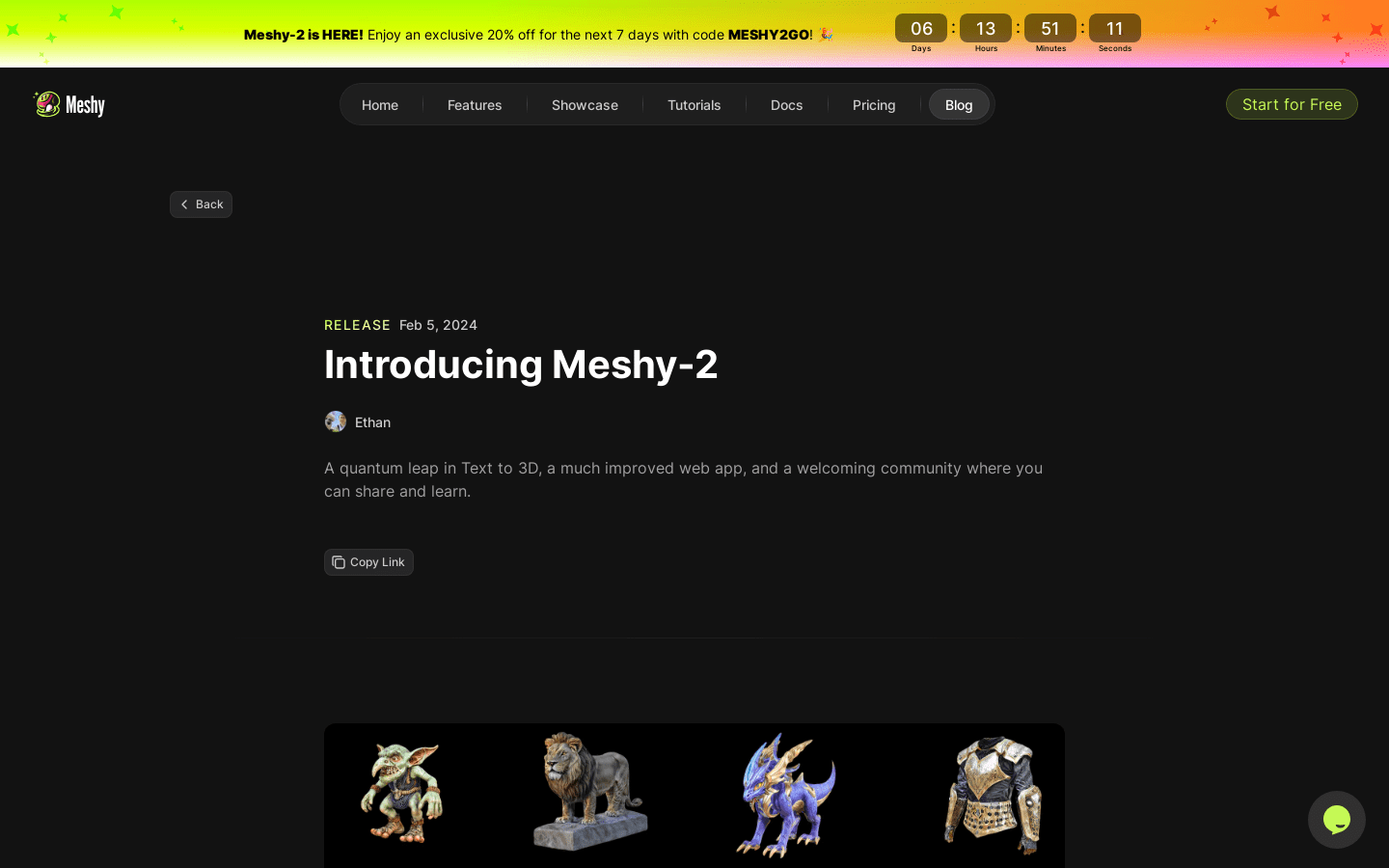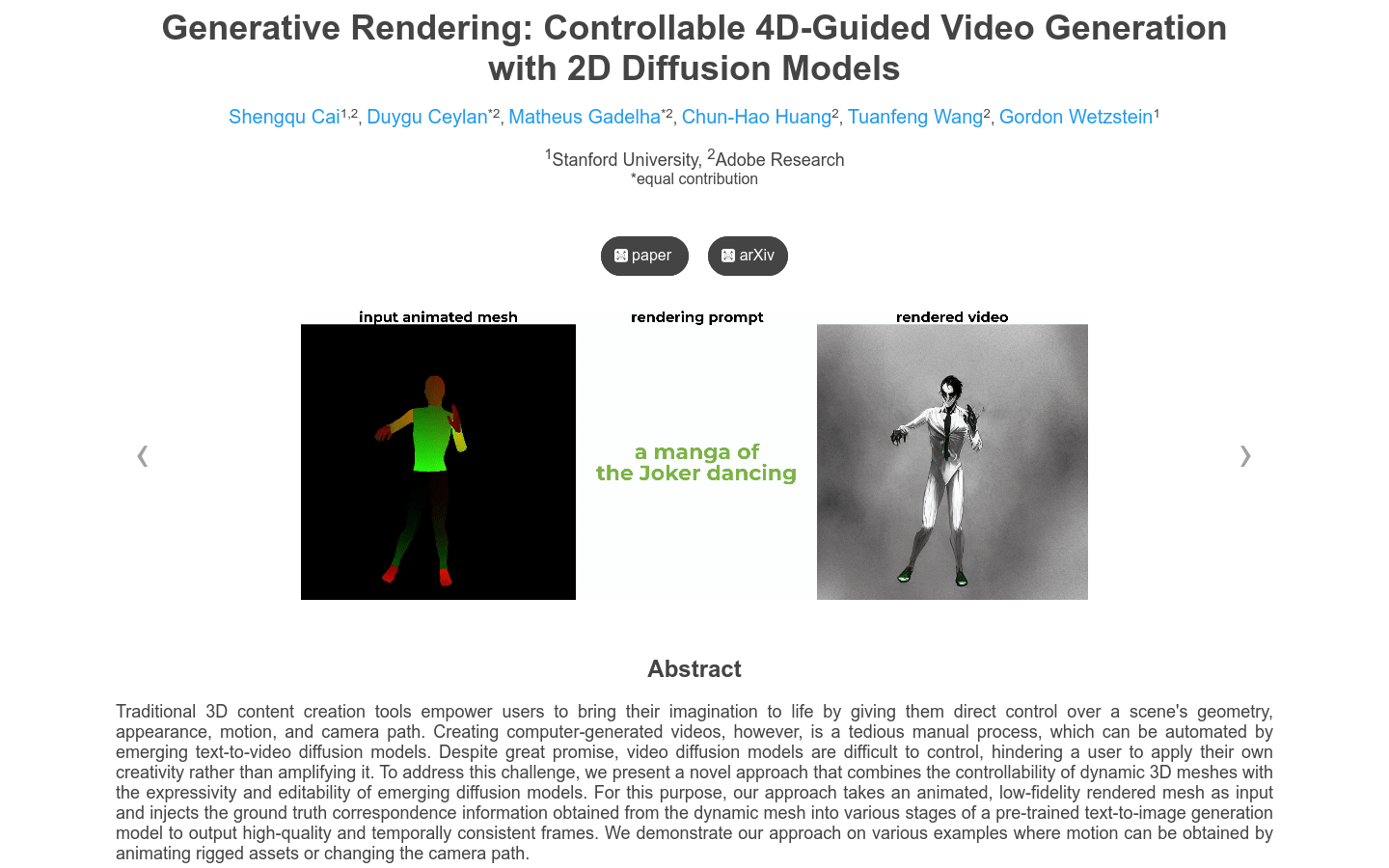🎬
video Category
AI 3D tools
Found 7 AI tools
7
tools
Primary Category: video
Subcategory: AI 3D tools
Found 7 matching tools
Related AI Tools
Click any tool to view details
Related Subcategories
Explore other subcategories under video Other Categories
🎬
Explore More video Tools
AI 3D tools Hot video is a popular subcategory under 7 quality AI tools






